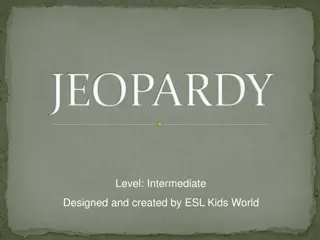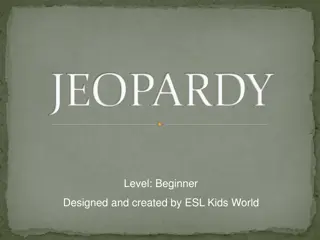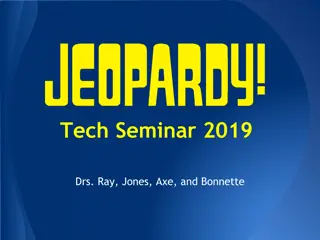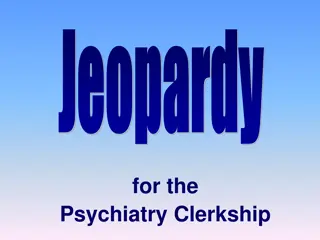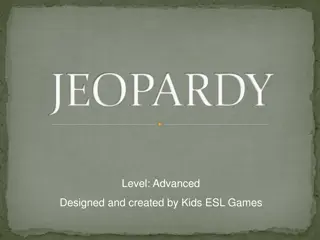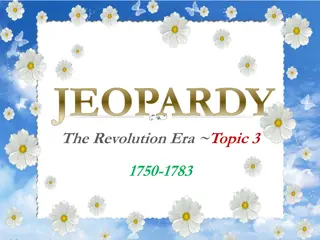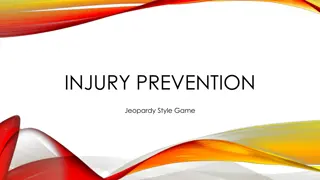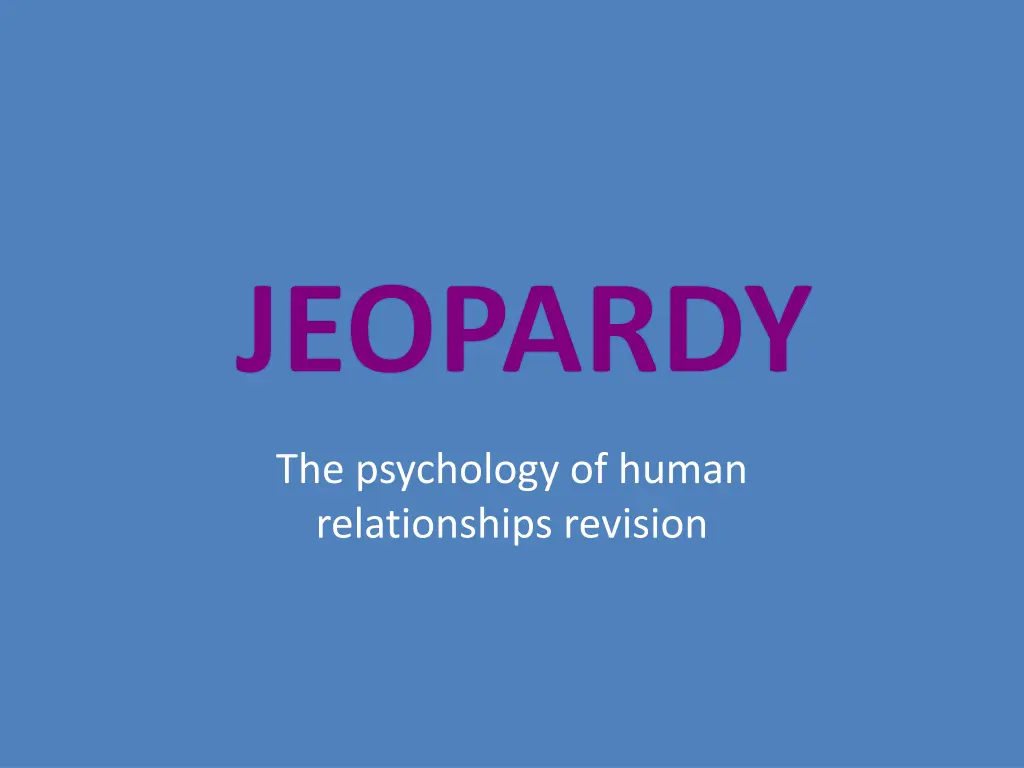
Understanding Human Relationships: Psychology Insights & Studies
Dive into the fascinating world of human relationships with topics covering attraction, maintaining relationships, prosocial behavior, group dynamics, and methodology. Explore concepts like altruism, social impact theory, empathy, and more, backed by studies and research in psychology.
Download Presentation

Please find below an Image/Link to download the presentation.
The content on the website is provided AS IS for your information and personal use only. It may not be sold, licensed, or shared on other websites without obtaining consent from the author. If you encounter any issues during the download, it is possible that the publisher has removed the file from their server.
You are allowed to download the files provided on this website for personal or commercial use, subject to the condition that they are used lawfully. All files are the property of their respective owners.
The content on the website is provided AS IS for your information and personal use only. It may not be sold, licensed, or shared on other websites without obtaining consent from the author.
E N D
Presentation Transcript
JEOPARDY The psychology of human relationships revision
Human Relationships Attraction Maintaining relationships Prosocial behaviour Group dynamics Methodology 200 200 200 200 200 400 400 400 400 400 600 600 600 600 600 800 800 800 800 800 1000 1000 1000 1000 1000 Bonus Question: 5000 pts
Topic 1: 200 Question: What factor distinguishes altruism from pro- social behaviour? Answer Altruism has a cost to the helper and no clear benefit. All altruism is pro-social. Not all pro- social behaviour is altruism. Back
Topic 1: 400 Question: According to Latan s Social Impact Theory, which three factors play a role in our likelihood of helping? Answer Immediacy (how close we are to the victim); strength (the power of the situation and how qualified we feel to help); number (how many people are present). Back
Topic 1: 600 Question: According to Batson, which factor is the best indicator of one s likelihood of helping? Answer Empathy. Back
Topic 1: 800 Question: Which research method was used in Piliavin s classic study? Answer A field experiment. Back
Topic 1: 1000 Question: According to Staub, what should be part of every school curriculum? Answer Empathy training. Back
Topic 2: 200 Question: According to Fischer, which three neurotransmitters are responsible for human attraction? Answer Serotonin, dopamine and norepinephrine. Back
Topic 2: 400 Question: What did Winslow s study of prairie voles show has a potential role in monogamous behaviour? Answer The hormone vasopressin. When vasopressin levels were suppressed, the male voles were more likely to cheat on their partners. Back
Topic 2: 600 Question: What was the name Bowlby gave to the set of schema we form about our relationship with our primary caregiver? Answer The Internal Working Model. Back
Topic 2: 800 Question: What did Zajonc argue was the best predictor of attraction? Answer Familiarity. The Mere Exposure Theory shows that when they flipped through a series of photos, those photos that they saw repeatedly were those that they then rated as more attractive. Back
Topic 2: 1000 Question: According to Schackelford and Larsen (1997), what physical feature is seen attractive by most women? Answer Facial symmetry. Back
Topic 3: 200 Question: According to Social Penetration Theory, what is the most important factor in maintaining a relationship? Answer The level at which partners disclose information to one another. Back
Topic 3: 400 Question: According to research on microexpressions by John Gottman, which two emotional expressions are the most predictive of the end of a relationship? Answer Disgust and contempt. Back
Topic 3: 600 Question: According to Bradbury & Fincham, what is a relationship enhancing pattern? Answer It is a pattern of communication in which the partner is not blamed in a disagreement and that the partner assumes that the other partner did not do something to hurt them. It avoids the fundamental attribution error in explaining conflict and disagreement. The opposite is a distress maintaining pattern. Back
Topic 3: 800 Question: One problem with the Social Penetration is that the concept of disclosure may lack . Answer Construct validity. Back
Topic 3: 1000 Question: According to Hazan and Shaver, what factor plays a key role in the success of a relationship? Answer Attachment styles. Back
Topic 4: 200 Question: According to Bicchieri (2006), what is the most important reason why people cooperate? Answer Social norms. Back
Topic 4: 400 Question: This theory argues that intergroup discrimination occurs when our own perception of self is challenged Answer The theory of threatened egotism. Back
Topic 4: 600 Question: What are two types of threats identified in Stephan s Integrated Threat theory of prejudice? Answer Stereotypes, realistic threats, symbolic threats. Back
Topic 4: 800 Question: Harris and Fiske found that when people were shown images of homeless people, this part of the brain was activated Answer The insula. Back
Topic 4: 1000 Question: What theory did McDoom apply to explain the conflict in the Rwandan genocide? Answer Social Identity Theory. Back
Topic 5: 200 Question: Which approach is used when we carry out cross-cultural research? Answer An etic approach. Back
Topic 5: 400 Question: What research method was used in Latan s helping study where participants believed that a man was having a seizure? Answer A true experiment. Back
Topic 5: 600 Question: Gottmann measured a change in the electrical properties of the skin. What is this called? Answer The galvanic skin response (GSR). Back
Topic 5: 800 Question: Why is the retrospective nature of research on why relationships end rather problematic? Answer The data is open to memory distortion. Peak-end rule may influence perceptions that is, they will tend to remember the last part of the relationship, which is negative, rather than the number of positive experiences over the time of the relationship. Back
Topic 5: 1000 Question: Novotny and Polonsky (2011) carried out a survey of Czech and Slovak university students to determine which factors played a role in an individual s level of anti-Muslim prejudice. What level of data did they most likely obtain? Answer Ordinal. Back
Bonus Question: 5000 pts. Question: Simon LeVay argues that the nature of our sexual orientation is located in this nucleus in the hypothalamus Answer INAH3. Back



